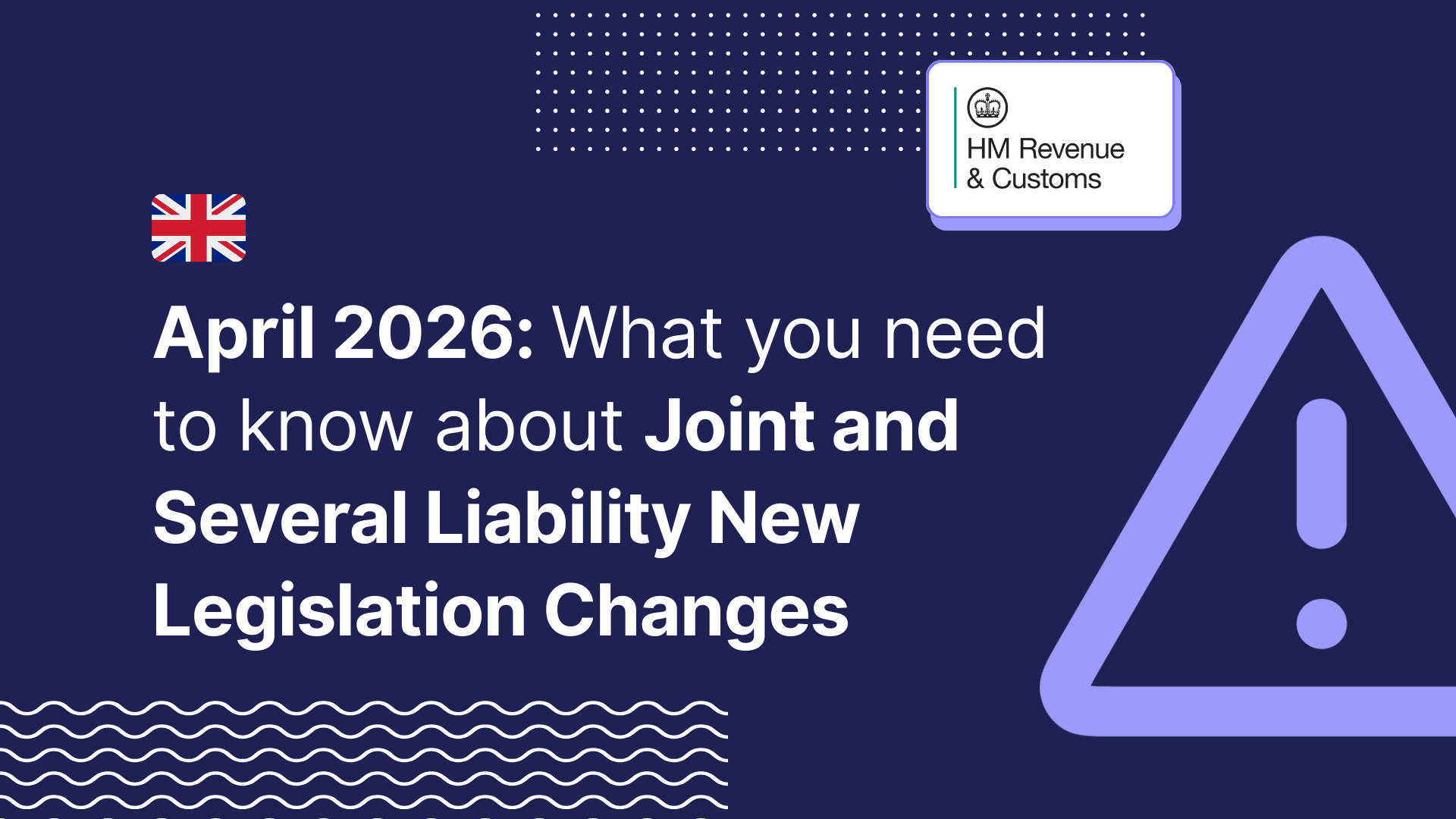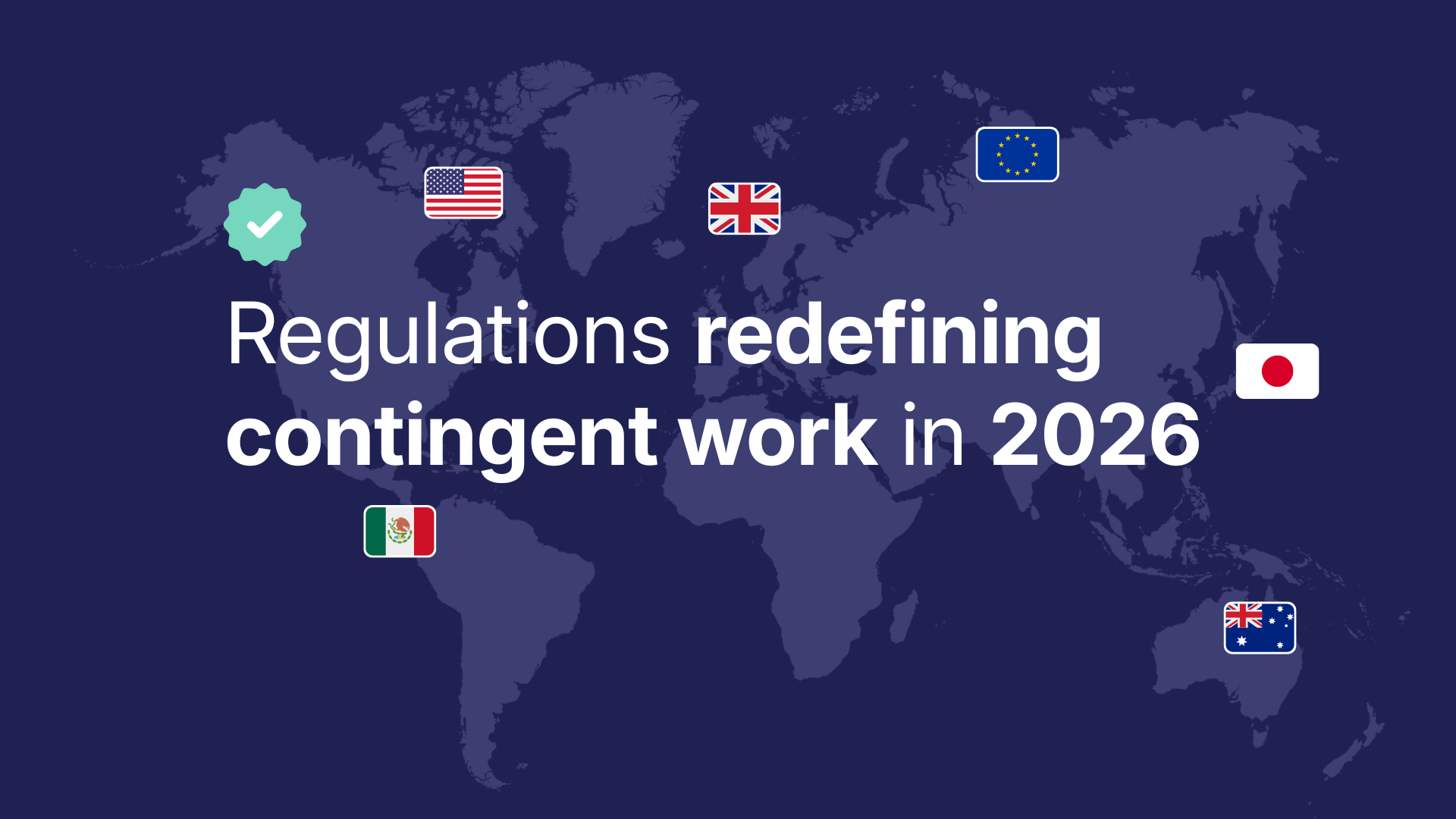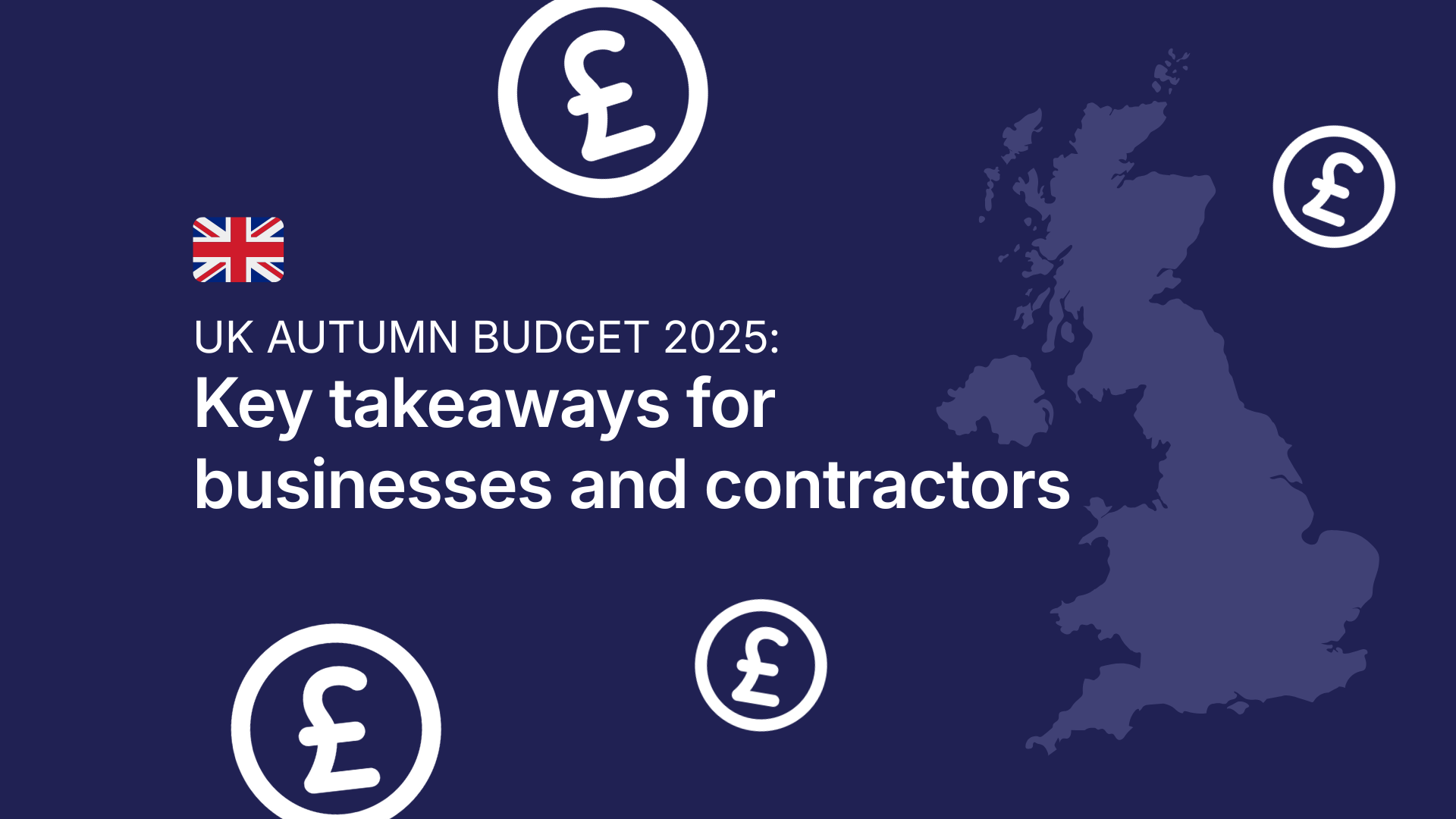We met with Nick Kyriakides, Senior Post-Production Artist to discuss how best to go about hiring a Motion freelancer and the kind of questions you should be asking to get the most out of your kick off conversations.
What do you think are the key characteristics of a good Motion freelancer that might be tested at an interview?
The key characteristics for any freelancer would be to demonstrate their capabilities, experience and how they solve problems with visual solutions, by showing clear examples or case studies of this. Having a strong understanding and passion for the latest technology, software, techniques and processes will always get you brownie points in an interview. A freelancer that has an awareness of the latest video trends and emerging platforms and is then able to advise the client ahead of the project for any obstacles they may face.
What questions should a client ask of a freelancer?
This can be broken into two sets of criteria, the ‘need to know’ and the ‘deeper’ questions. The standard questions would be around the freelancers’:
- Skillset - What skills do you have and what software are you proficient in?
- Experience - Do you have experience or references that are relevant to the brief?
- Availability - What days are you available?
- Day rate - What is your day rate for the specified role?
Once the client and freelancer are aligned on the above, the client can then ask ‘deeper questions’ around the freelancers’:
- Values - What’s important to them in a work context?
- Preferences - What kinds of projects and briefs do they want to work on?
- Role - To discuss what their role will be. For example, a junior-mid weight motion graphics designer may be brought in to solely focus on delivering the work. Whereas a senior artist may do this as well as lead the creative and direct the entire delivery.
As a freelancer, what questions would you ask a client in regards to the project?
Questions that are relevant for every project would be:
- Is this a fixed or moveable deadline?
- Depending on your commitments, does the brief cater for flexible or fixed working hours?
- Does the role require you to be in house or work remotely?
- Is there particular software that needs to be used for this project?
- Who is the target audience?
- Where will this be delivered? (Broadcast, social, online etc). For example, if you’re working on a TV commercial that also will be proliferated on social media, you would want to flag any potential issues early on and ensure each deliverable is compatible for 16:9, 1:1, 4:5 and 9:16 depending on the platform.
Thankfully, YunoJuno briefs have you covered with otherwise potential obstacles such as payment terms, start date and overtime rates ahead of accepting the brief.
What considerations should a client take into account for the project and freelancer they’re trying to hire?
If they foresee the project overrunning, let the freelancer know as early as possible in case they have any other commitments that may affect the delivery. With every bit of communication, a client should always have an eye to the ground on if the freelancer is responsive, reliable, easy to work with and resolves any problems calmly and professionally.
As a freelancer and someone who hires freelancers for larger projects, it’s worth saying it’s not worth getting a freelancer as cheap as possible. Price is usually a reflection of the freelancers quality and haggling rates can start a project on the wrong foot. More often than not, bringing in a senior artist on a project means finishing the project earlier, to a higher standard and with fewer amends, so can even be more cost-effective with a smoother overall engagement.
When is the best time to get a Film & Motion involved?
Yesterday! It may be surprising to hear but even in a pandemic, the post-production industry thrived especially. The industry pivoted to creating films from just stock footage, repurposing footage that needed editing or creating motion graphics to help companies communicate their message or promote their product. As a result of this, I had my busiest year in 2020 from the 13+ years of freelancing.
Thanks to platforms like YunoJuno, it’s easier than ever to apply to briefs directly or have clients find your profile and book you in.
With the ever-expanding new ways to consume film and video in every sector, the demand for content and therefore creators is stronger than its ever been. So it’s never too late to get started!
Anything else to add that may be of use to a potential client?
It’s often overlooked that freelancers can be hired in to just deliver the work, which is understandable for fast turnarounds and short projects. However, when it comes to longer engagements or higher-spec projects, by knowing what motivates a freelancer i.e what’s important to them, the freelancer is far more likely to bring their passion to the table and go above and beyond the status quo.
I would always encourage you to give as much transparency and information as possible to the freelancer on the project, which will always be a benefit. On a number of occasions, I’ve initially been given a vague brief to work on, which needed a conversation to fully understand what was needed to be delivered, why they want to create their film and who it’s intended for. This always results in saving the client £1,000’s financially and countless hours by streamlining the workflow in the most efficient way. Transparency gives you more insight and with that, you can advise the client on the best way to get there.
Meet Nick
Nick Kyriakides is a Senior Post Production Artist that specialises in editing, visual fx, motion GFX, compositing, retouch and grading. An Apple-certified trainer in Final Cut Pro 7, Final Cut Pro X, with 13+ years experience in the Adobe range, predominantly After Effects, Premiere and all aspects of a post workflow. He has extensive portfolio and experience in Video, TV and Film, and has had the privilege to collaborate with some of the worlds biggest brands in all genres.
______
Learn more about Film & Motion
______







